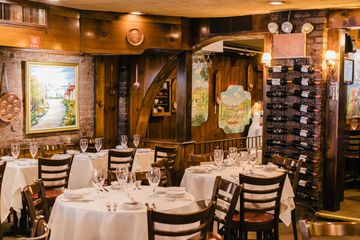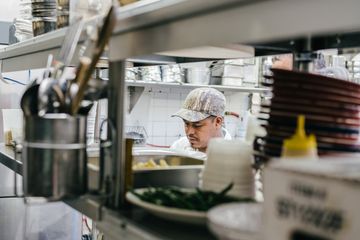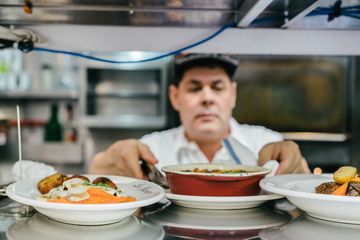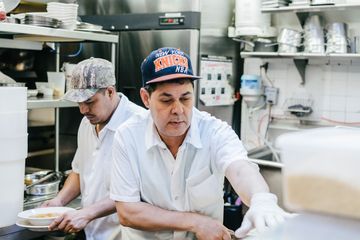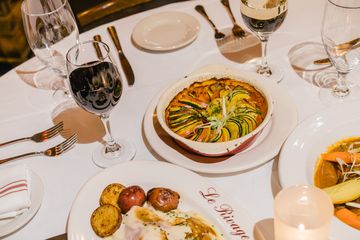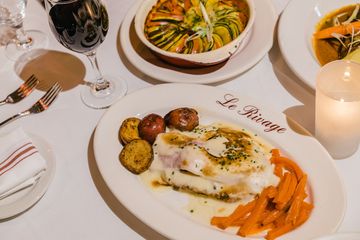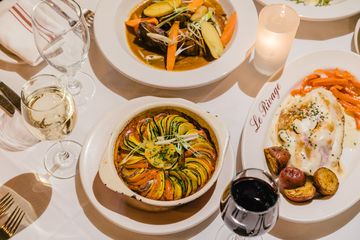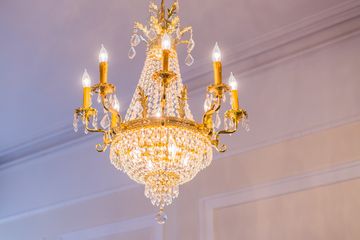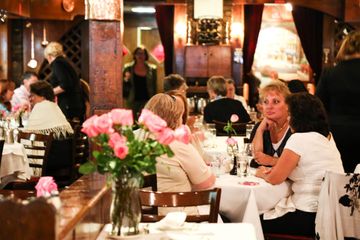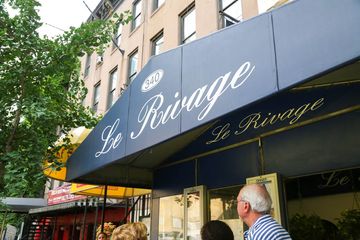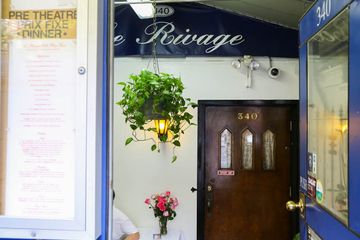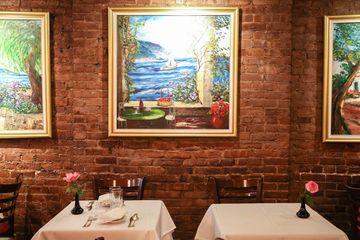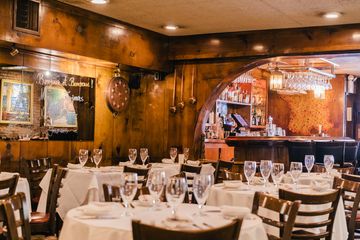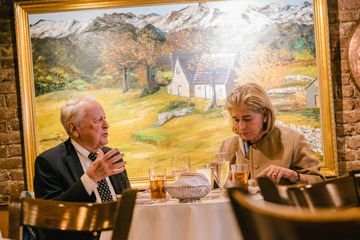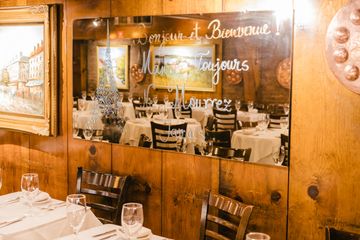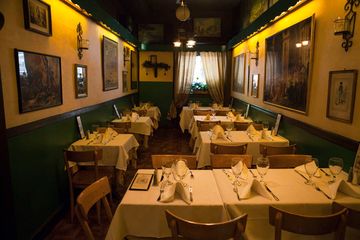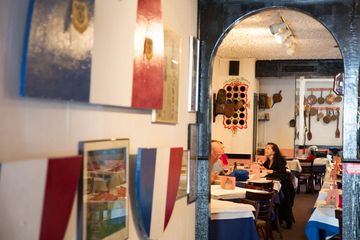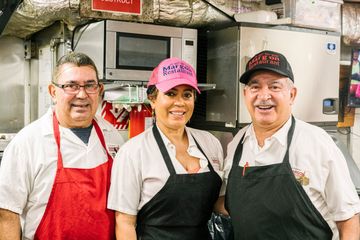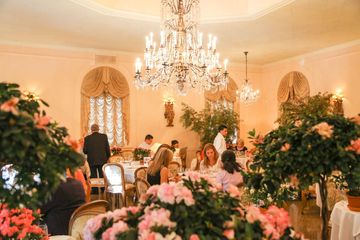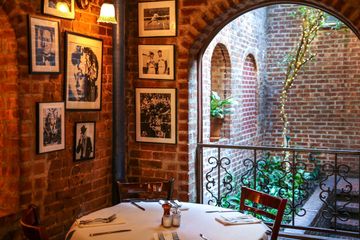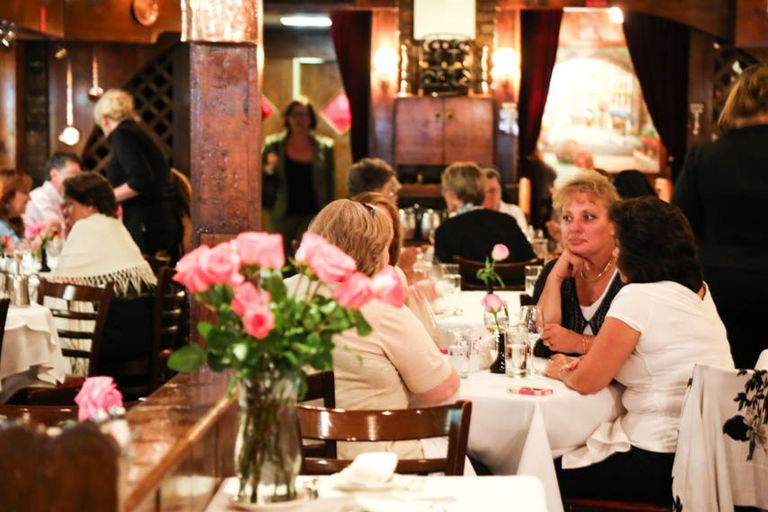
“We do not try to be trendy. We are here for the long run, and that has always been a success for us,” said Paul Denamiel, the owner and chef of Le Rivage, a veritable institution on Restaurant Row. His father, Marcel, opened the restaurant with a vision for transporting patrons to his childhood home in the south of France.
Marcel was raised in a centuries-old house in a secluded village within the Pyrenees mountains. His mother undoubtedly sowed the seeds of his culinary passion, as she did all of her cooking in their hearth, with a traditional cauldron, grill, and bread oven placed over the wood fire. “Everything she produced for the table, she had a hand in nurturing and growing,” Paul said, explaining that his grandmother kept her own rabbits, pigs, and chickens and maintained an extensive garden.
Paul himself was able to indulge in this idyllic lifestyle and be inspired by her expertise, as his father made a point of closing Le Rivage once a year to take the family on a month-long sojourn to France. “A lot of my recipes are aimed at recapturing the flavors that my grandmother introduced me to.” Consequently, Paul describes his bistro’s cuisine as “French comfort food,” which includes a rich boeuf bourguignon, coq au vin, and a simple ratatouille.
It seemed inevitable that Paul would become a chef, not only due to his grandmother’s influence, but because all of his family members wound up in the food business. His father had several restaurants in New York, his mother had a creperie upstate, and most of his relatives had their own eateries in the U.S. “This was bred into me.” As such, when Marcel was looking for a successor to lead Le Rivage, Paul, who had an “intensive education” in traditional French cuisine, was the natural choice. “My job was to bring in new recipes while staying true to the terms of the classic French style, from the food, to the decor, to the music.”
After decades of devotion to his businesses, Marcel continues to visit Le Rivage, as well as several other French establishments for which he is a landlord. “My father always said the restaurant came first. That is how you build a legacy, because the restaurant will be there long after we are not.”
